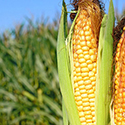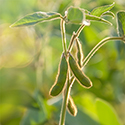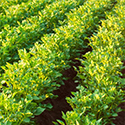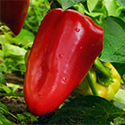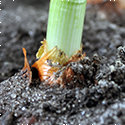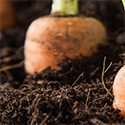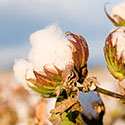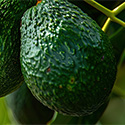Cole crops
- Cole crops include cabbage, broccoli, cauliflower, kale Brussels sprouts, collard greens, Savoy cabbage, kohlrabi, and gai lan.
- Cole crops are all cultivars of one species Brassica oleracea
- Shelf life after harvest is 10-14 days for broccoli, 3-4 weeks for cauliflower. Harvested crops are generally refrigerated.
- Originating in Europe, crops were brought to the US at different times. Broccoli was not introduced until 1924, when it was first grown in California.
- Cole crops are valued for their high nutritional content relative to calorie intake
Growing cole crops
- Cole crops are biennials (vegetative one year, reproductive the next)
- They are cool season crops, optimal growing temperatures are between 50 and 77degrees
- Hybrid varieties are generally preferred over open-pollinated for uniformity and vigor
- Hybrid seeds can be expensive, so many cole crops are grown from transplants
- Full growing cycles typically run between 75 and 90 days
- Can be grown on a variety of well-drained soils
- Roots are generally shallow, 18-24”. Some crops form a thick mat of fine roots
- Irrigation is most important right after seeding or transplanting
- Broccoli and cauliflower do not do well in high tunnels, others such as collards, Kale and Kohlrabi can be profitable
- Broccoli and cauliflower yield on the average 5-6 tons per acre, whereas cabbage can yield 16 tons
The market for cole crops
Global production of cabbages and other brassicas for 2020 was estimated at 89.1 Million Metric Tons. Around the year 2000, production of vegetable brassicas increased 34% to 91.1 tonnes, but has since decreased to current production. For the US, 78% of the nation’s total cabbage (fresh market and processing) is produced in five states, California, Wisconsin, New York, Florida, and Texas. 45% of US cabbage production is processed into cole slaw. Because cole crops require refrigeration after harvest and stay fresh for about 2 weeks on the average, exports are limited, approximately 7.6 percent of cabbage production was exported in 2016. The demand for fresh cole crops is tied directly to their high nutritional value relative to calories. Over the last 35 years, per person consumption of fresh broccoli has increased by five times. About 90% of the nation’s supply of cauliflower is grown in California. Cauliflower can last up to 21 days under proper conditions, and a substantial percentage of the crop is exported in any given year. Cauliflower is very heat-sensitive when growing, and does not do well under high hoop. Cauliflower is a higher value crop, mainly due to the extra labor required for harvesting and packaging, most of it done by hand.
Challenges growing cole crops
Cole crops are very sensitive to temperature, over 80 degrees can limit growth. Low moisture, soil nitrogen or micronutrient levels can lead to buttoning, where the head forms early resulting in leaves that aren’t large enough to nourish the curd to marketable size. Some crops can be susceptible to bolting, forming flowers and seeds early, after which the plants are not marketable. Because roots are close to the surface and spread rapidly, cultivation to control weeds has to be very shallow, and is recommended only for young plants. Proper irrigation is crucial right after transplant, and before head initiation to produce full dense heads. Moisture stress can cause tough stalks in broccoli, and tip burn in broccoli, cabbage and cauliflower.
Brassicas also can be impacted by pests and diseases, notably black rot, aphids and vectored viruses, downy mildew, and clubroot, which together limit production worldwide in some years by as much as 40%.
Learn more about Crophesy for cole crops
With a Crophesy annual subscription, you receive a free simple, three-sensor, wireless, soil moisture probe. Place these rugged, water-tight probes throughout your cole crop field and connect them to the app via your smartphone.
Then you can instantly monitor soil and crop health for all of your cole crops. And if you want to test the soil in other areas, you can quickly and easily move the moisture probe, which is battery-powered and provides season-long insight.
While you can look at the visual analysis of leaves, spending hours in your field, Crophesy enables you to open your app from anywhere and show you what kind of nourishment is available in your soil at your cole crop root depth. With this data, you can determine when the active root zone needs vital nutrients.
In addition to nutrient data, the Crophesy app can show you:
- Moisture consumption at the root level
- Salinity level in the active root zone
- Root depth
- Soil temperature near the sensors
- Irrigation depth
And it tells you all this without you having to step foot in your cole crop field.


